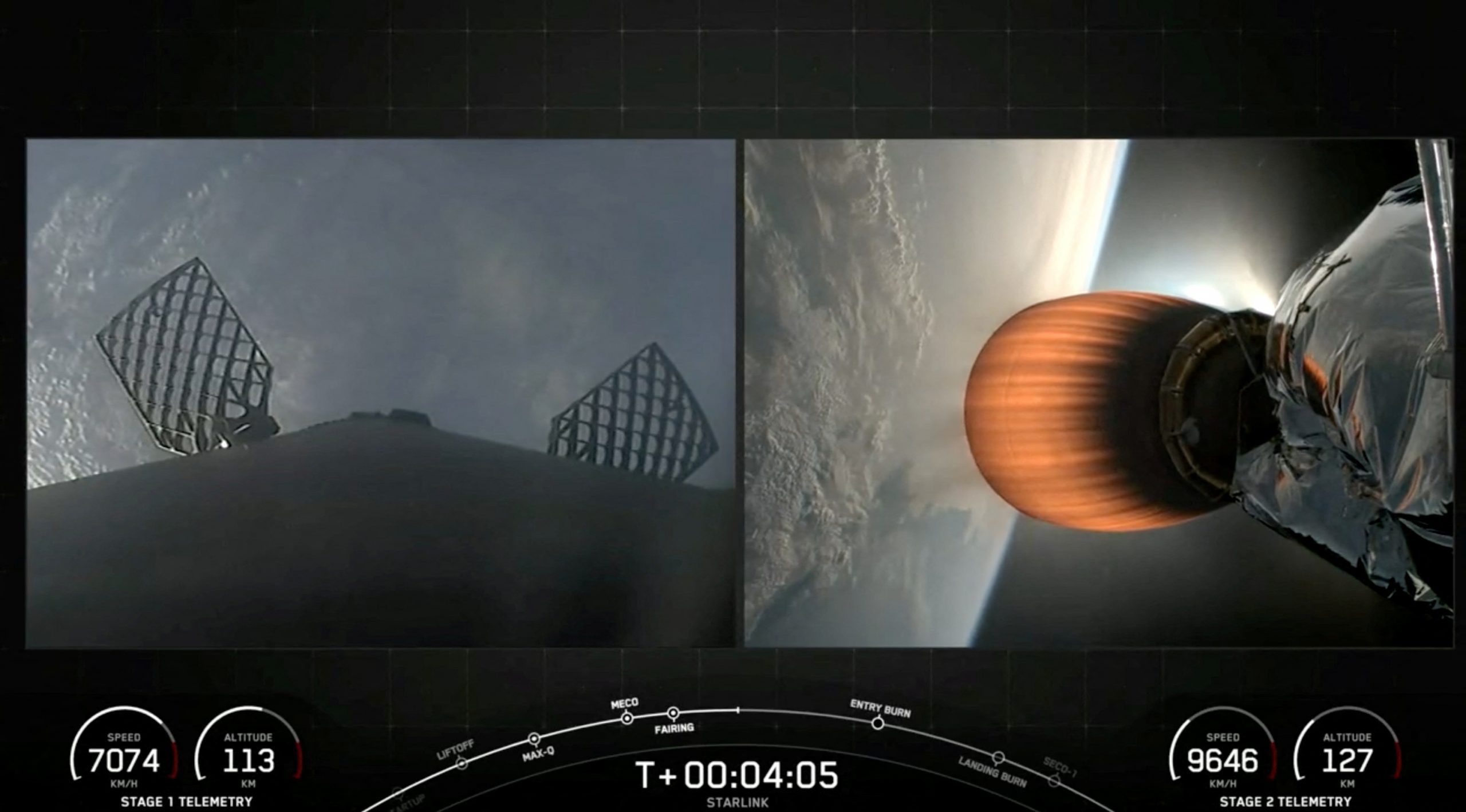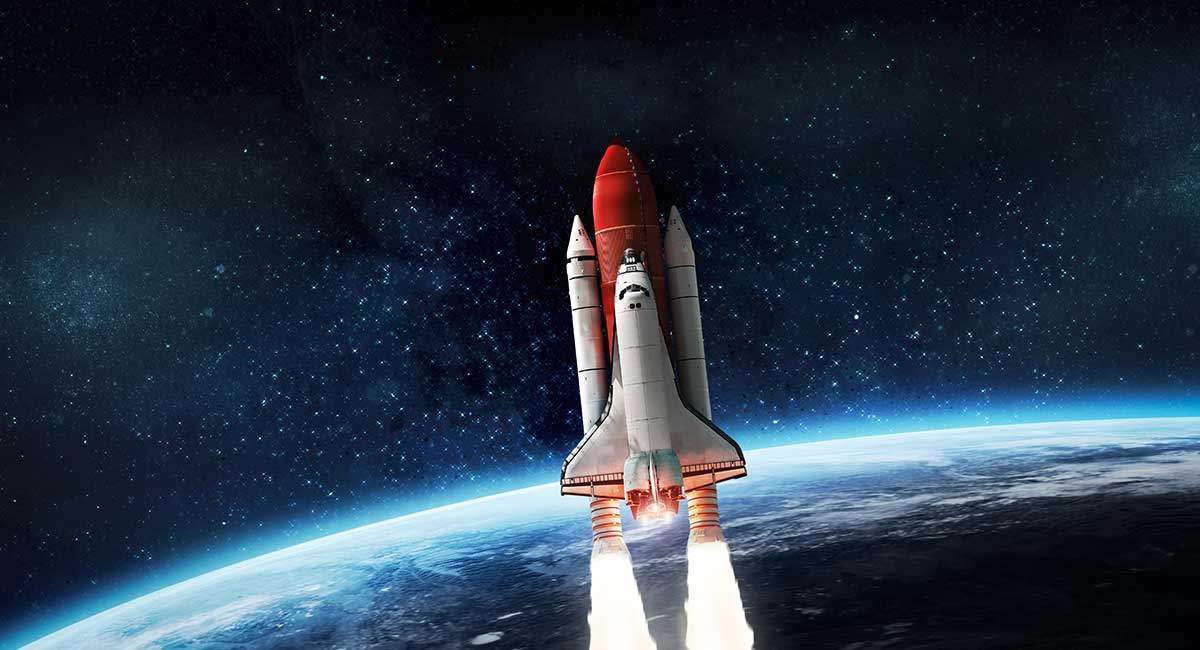Technological failures in space can have far-reaching consequences, from mission delays and financial losses to the safety of astronauts. The extreme conditions of space, combined with the complexity of spacecraft and their systems, make these failures a constant challenge.
Common Causes of Spacecraft Failures
- Launch Vehicle Failures: Malfunctions in the launch vehicle can lead to mission failure, often resulting in the loss of the spacecraft and its payload.
- Payload Failures: Failures in the spacecraft’s payload, such as scientific instruments or communication systems, can render the mission ineffective.
- Orbital Maneuver Errors: Incorrect calculations or execution of orbital maneuvers can lead to spacecraft being placed in incorrect orbits or lost altogether.
- Communication Failures: Issues with communication systems can prevent ground control from monitoring and controlling spacecraft, potentially leading to catastrophic failures.
- Human Error: Mistakes made by engineers, operators, or astronauts can contribute to technological failures.
Consequences of Spacecraft Failures
- Financial Loss: Space missions are expensive, and failures can result in significant financial losses for space agencies and private companies.
- Scientific Setbacks: Failures can delay or prevent scientific research and discoveries.
- Safety Risks: In the case of crewed missions, failures can pose serious risks to the safety of astronauts.
- International Relations: Failures can impact international cooperation and relationships, particularly if they involve sensitive or high-profile missions.
Mitigating Technological Failures
- Redundancy: Building redundancy into spacecraft systems can help to mitigate the effects of failures. For example, spacecraft may have multiple communication systems or backup power sources.
- Testing and Verification: Rigorous testing and verification of spacecraft components and systems can help to identify and address potential problems before launch.
- Risk Assessment: Identifying and assessing potential risks can help space agencies develop strategies to mitigate them.
- International Cooperation: Collaboration between space agencies can help to share knowledge and resources, and reduce the risk of failures.
Technological failures in space are a constant challenge, but by understanding their causes and developing strategies to mitigate them, we can improve the reliability and success of future space missions.
Would you like to learn more about a specific type of spacecraft failure or the strategies used to prevent them?



